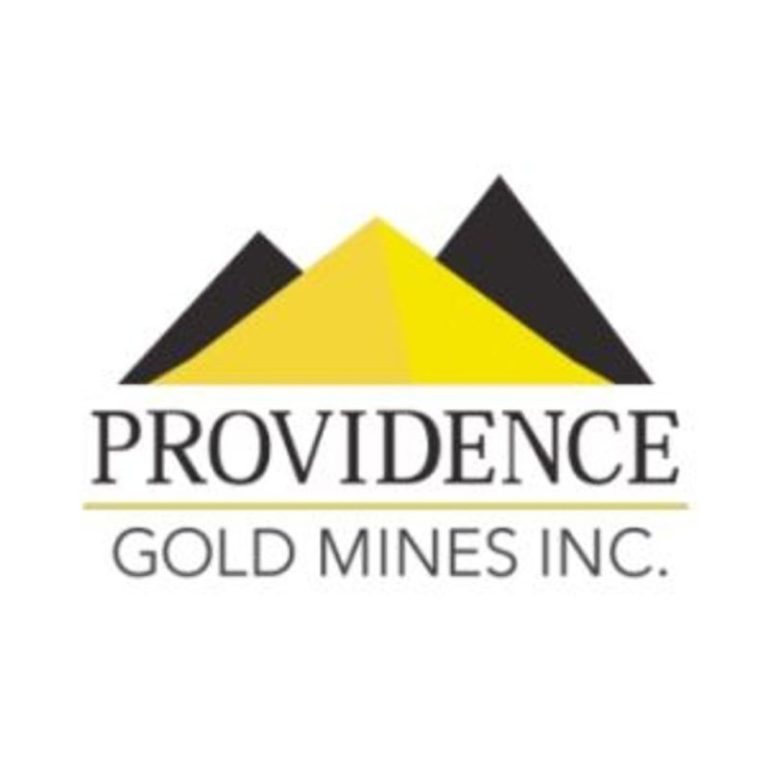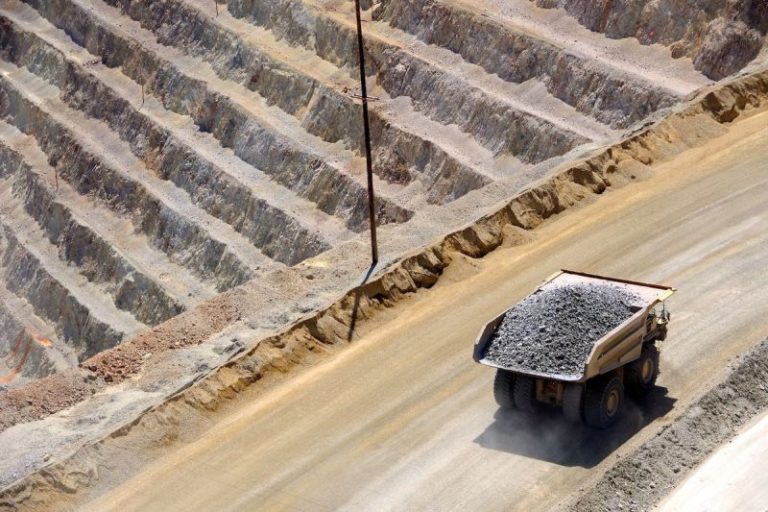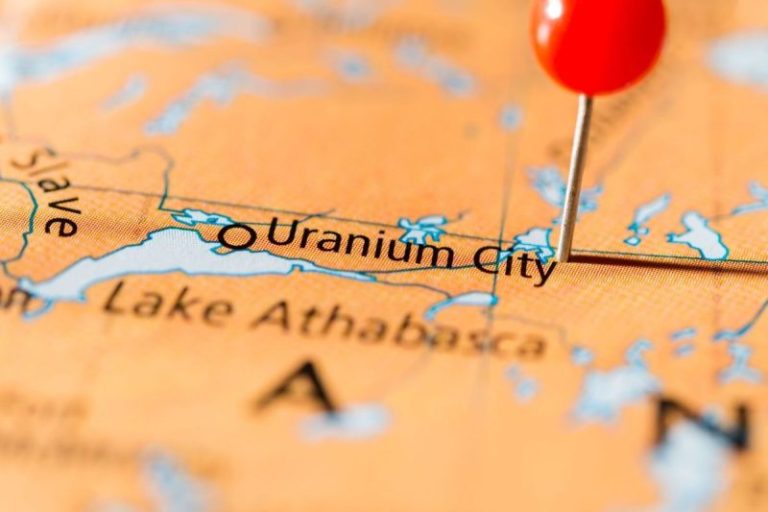Providence Gold Mines Inc. (“Providence” or the “Company”) announces that subject to Regulatory approval it has entered an option agreement to acquire the “La Dama de Oro Gold Property”. The property is a historical gold mine 100% owned by the Optionor, (” Mohave Gold Mining”), a private Company incorporated under the laws of the state of California.
Providence recently commissioned Ethos Geological Inc. of Bozeman MT to complete an NI 43 101 technical report, authored by Zachary Black, SME-RM acting as the Qualified Person under NI 43 101. The NI 43 101 technical report has been submitted for Exchange review and approval. A cautionary note: The property is at an early exploration stage and does not have sufficient data for a mineral resource.
The La Dama de Oro Property is situated in the Silver Mountain Mining District, within the structurally complex Eastern California Shear Zone and the intersection with the San Andreas Fault Zone. Bedrock geology includes Mesozoic quartz monzonite that intrudes the Jurassic Sidewinder Volcanics. The structural history of the region implies a sequence of compressional and extensional events that reactivated favorably oriented zones of weakness for the circulation of hydrothermal fluids. The main zone of mineralization is hosted by the La Dama de Oro Fault, a shallow northeast-dipping oblique-slip fault.
The mineralization at the property is classified as a structurally controlled, low-sulfidation epithermal gold-silver vein system. Gold and silver mineralization is associated with multi-phase quartz veining, brecciation, and pervasive hydrothermal alteration along the La Dama de Oro Fault. The largest known vein is 4.5 feet at its widest point and remains open to exploration, with the potential for additional undiscovered veins along the fault system. The property has an approved exploration permit that includes a bulk sample.
The Option entitles the Company the right to purchase 100% of the La Dama de Oro Gold Property under the following terms:
YEAR 1
Within 15 days of Regulatory approval the Company shall issue 2,000,000 common shares from treasury and incur $20,000 in expenditures within 12 months of the effective date.
YEAR 2
The Company shall issue an additional 2,000,000 common shares from treasury and incur $250,000 in expenditures before the second-year anniversary of the effective date
YEAR 3
The Company shall issue an additional 500,000 common shares from treasury and incur a further $250,000 in expenditures before the third-year anniversary date of the effective date
YEAR 4
The Company shall incur an additional $250,000 expenditures before the fourth-year anniversary of the effective date
Ronald A. Coombes, President & CEO of Providence commented; “The best place to explore for gold is where gold is, with the rich historical history of past gold production at the La Dama de Oro mine there remains very good discovery potential”.
The scientific and technical information contained in this news release has been reviewed and approved by Zachary Black, SME-RM, a Qualified Person as defined under NI 43-101. Mr. Black is a consultant and is independent of Providence Gold Mines Inc.
For more information, please contact Ronald Coombes, President, and CEO of the Company.
Ronald A. Coombes, President & CE
Phone: 604 724 2369
roombes@providencegold.com
CAUTIONARY STATEMENT REGARDING FORWARD-LOOKING INFORMATION
Neither the OTCQB and or the TSX Venture Exchange nor its Regulation Services Provider (as that term is defined in the policies of the TSX Venture Exchange) accepts responsibility for the adequacy or accuracy of this release.
All statements, trend analysis and other information contained in this press release relative to markets about anticipated future events or results constitute forward-looking statements. All statements, other than statements of historical fact, included herein, including, without limitation, statements relating to the permitting process, future production of Providence Gold Mines, budget and timing estimates, the Company’s working capital and financing opportunities and statements regarding the exploration and mineralization potential of the Company’s properties, are forward-looking statements. Forward-looking statements are subject to business and economic risks and uncertainties and other factors that could cause actual results of operations to differ materially from those contained in the forward- looking statements. Important factors that could cause actual results to differ materially from Providence Gold Mines expectations include fluctuations in commodity prices and currency exchange rates; uncertainties relating to interpretation of drill results and the geology, continuity and grade of mineral deposits; the need for cooperation of government agencies and native groups in the exploration and development of properties and the issuance of required permits; the need to obtain additional financing to develop properties and uncertainty as to the availability and terms of future financing; the possibility of delay in exploration or development programs and uncertainty of meeting anticipated program milestones; and uncertainty as to timely availability of permits and other governmental approvals. Forward-looking statements are based on estimates and opinions of management at the date the statements are made. Providence Gold Mines does not undertake any obligation to update forward-looking statements except as required by applicable securities laws. Investors should not place undue reliance on forward-looking statement.
Source





